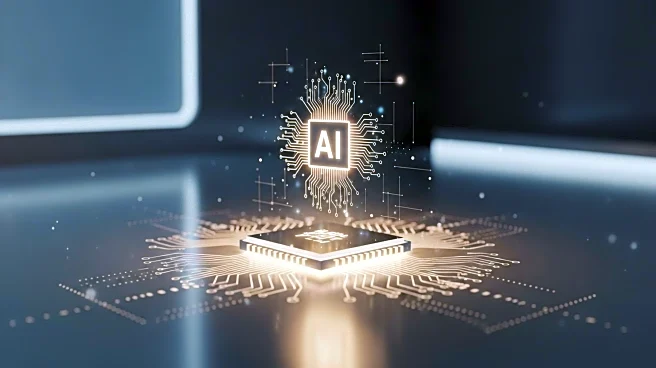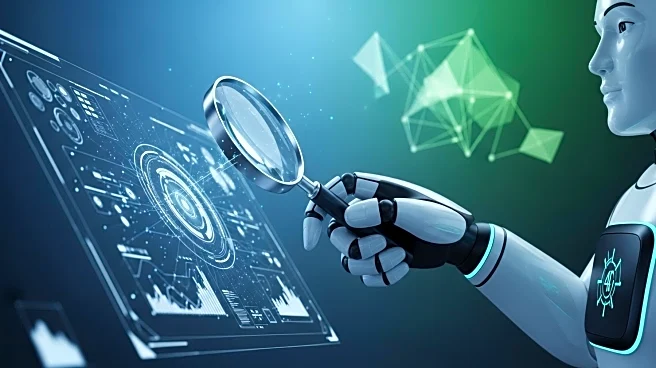What is the story about?
What's Happening?
The insurance industry is rapidly integrating new technologies to address increasing insured losses from natural catastrophes and cybercrime. In 2025, the industry is projected to exceed $100 billion in losses from natural disasters for the seventh consecutive year. Additionally, global cybercrime claims over $1.16 million rose by 14% in 2024, with severity increasing by 17%. Insurers are employing machine learning algorithms in catastrophe models, with a 16% increase in usage by reinsurers over the past two years. These models utilize data from satellite imagery and smart devices to provide real-time information for precise predictive models.
Why It's Important?
The adoption of advanced technologies like AI and machine learning is crucial for the insurance industry to enhance risk assessment and reduce costs. By improving predictive models, insurers can better manage risks and offer more accurate pricing, benefiting both the companies and their customers. This technological shift is also expected to improve customer service by automating processes such as underwriting and claims processing, leading to faster and more consistent outcomes. The integration of these technologies is essential for the industry to remain resilient and competitive in the face of growing challenges.
What's Next?
Insurers are likely to continue investing in technological advancements to further refine their risk assessment capabilities and improve operational efficiency. The industry may also see increased collaboration with tech firms to develop innovative solutions for emerging risks. As these technologies become more widespread, regulatory bodies may need to update guidelines to ensure ethical and effective use of AI and machine learning in insurance practices.
Beyond the Headlines
The shift towards technology-driven solutions in the insurance industry raises ethical considerations regarding data privacy and the potential for algorithmic bias. Insurers must ensure that their use of AI and machine learning is transparent and fair, avoiding discrimination against certain groups. Additionally, the reliance on technology may lead to job displacement, necessitating retraining programs for affected employees.
AI Generated Content
Do you find this article useful?













